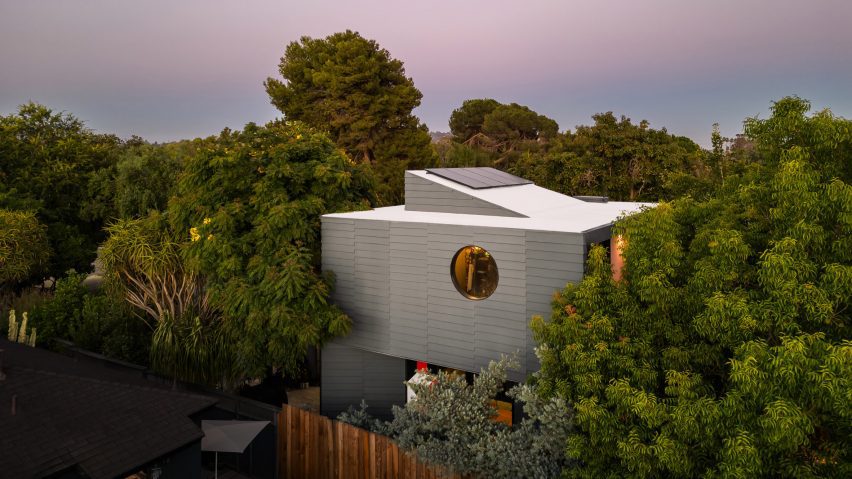
Architect couple creates Atwater House in Los Angeles over two decades
A co-founder of the firm Design, Bitches and her architect husband have completed the latest iteration of their family home in California, which features ample daylight and the "feeling of being in the trees".
The house belongs to architects Rebecca Rudolph, a principal at local studio Design, Bitches, and Colin Thompson, who works at Gensler. The married couple both graduated from SCI-Arc in 2000.
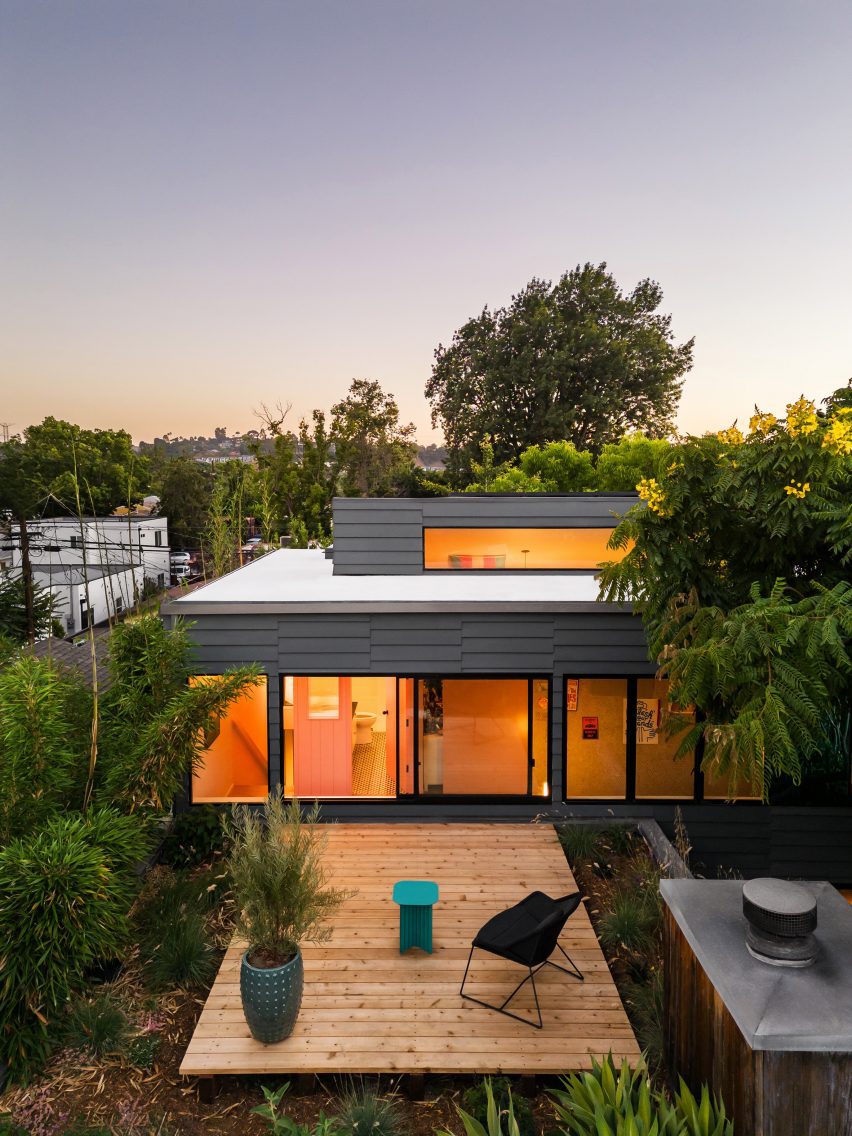
The same year, the couple bought a bungalow in LA's Atwater Village neighbourhood for around $150,000 (£11,711). The 500-square-foot (46-square-metre) house was rundown and sat on a long, slender barren lot.
Since that time, the house has gone through various renovations and additions, as the family has grown – the couple now have two sons – and their needs have evolved.
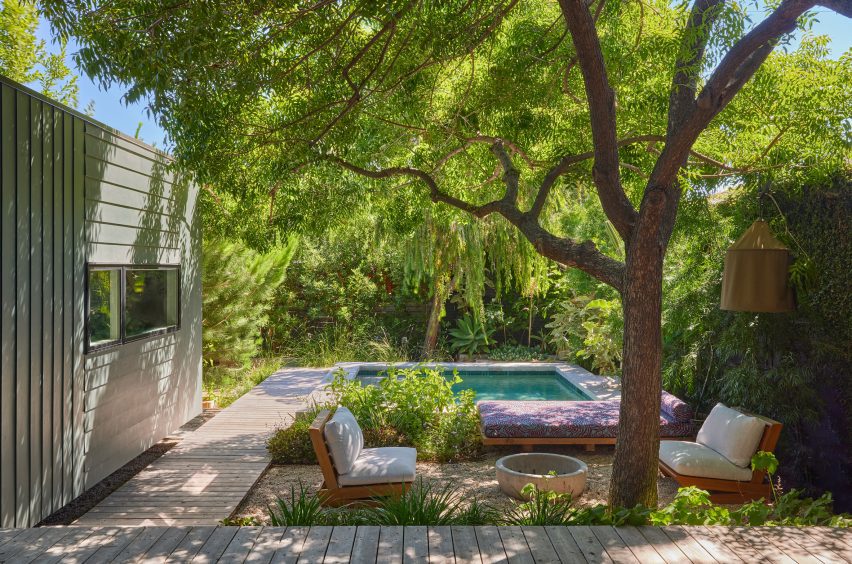
The current house totals 1,875 square feet (174 square metres) and also has a 275-square-foot (26-square-metre) detached office/pool house.
Much of the construction work has been done by Thompson, who is licensed as an architect and contractor.
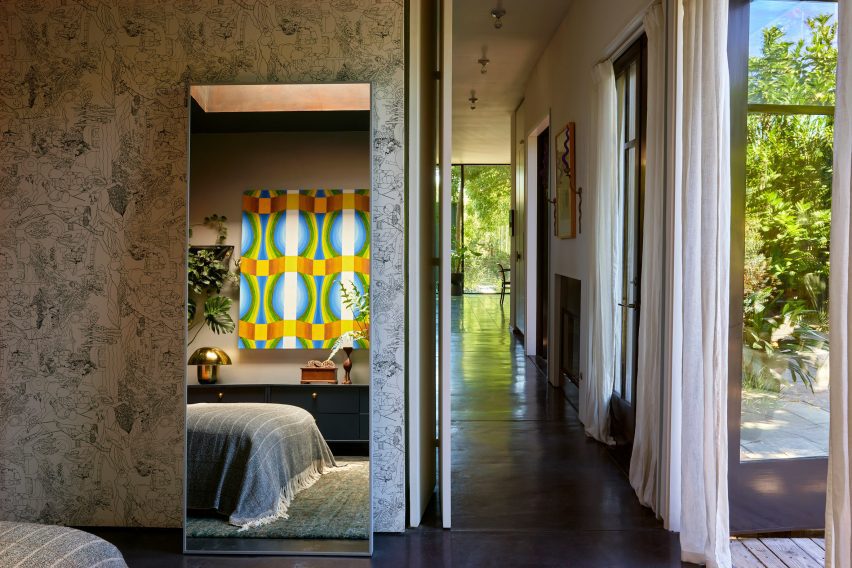
In the early years, significant changes included the conversion of a garage into the standalone office in 2004 and the creation of an extension in 2006.
Years later, when the need for more space arose, the couple considered adding a second level to the original structure – but it couldn't support the extra weight.
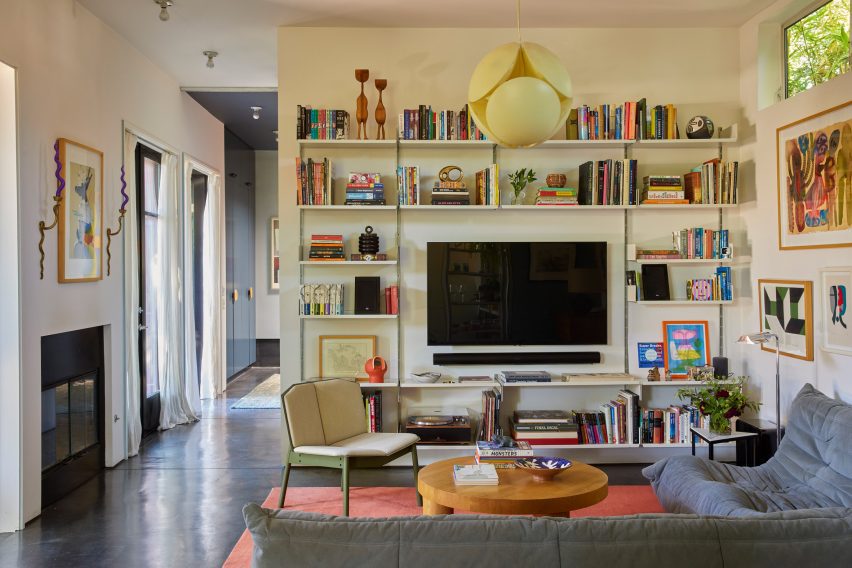
So the couple decided to replace the original building with a new, two-storey structure.
Rectangular in plan, the new structure was designed to offer a "fluid arrangement of spaces, where the inside and outside zones are given equal importance and are designed with change in mind".
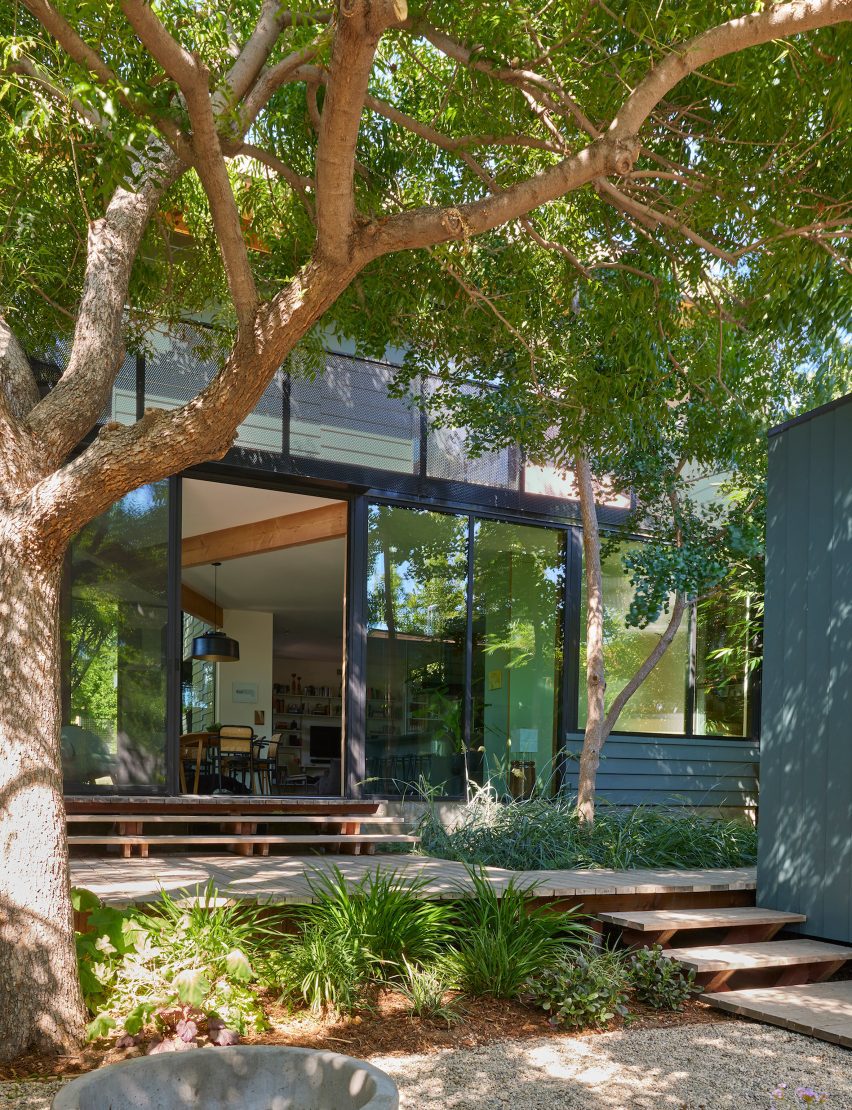
"The result is a house that encourages abundant natural light and a feeling of being in the trees," the team said.
Exterior walls are clad in fibre-cement panels that have a blue-green hue. Two round windows add an exuberant touch to the house.
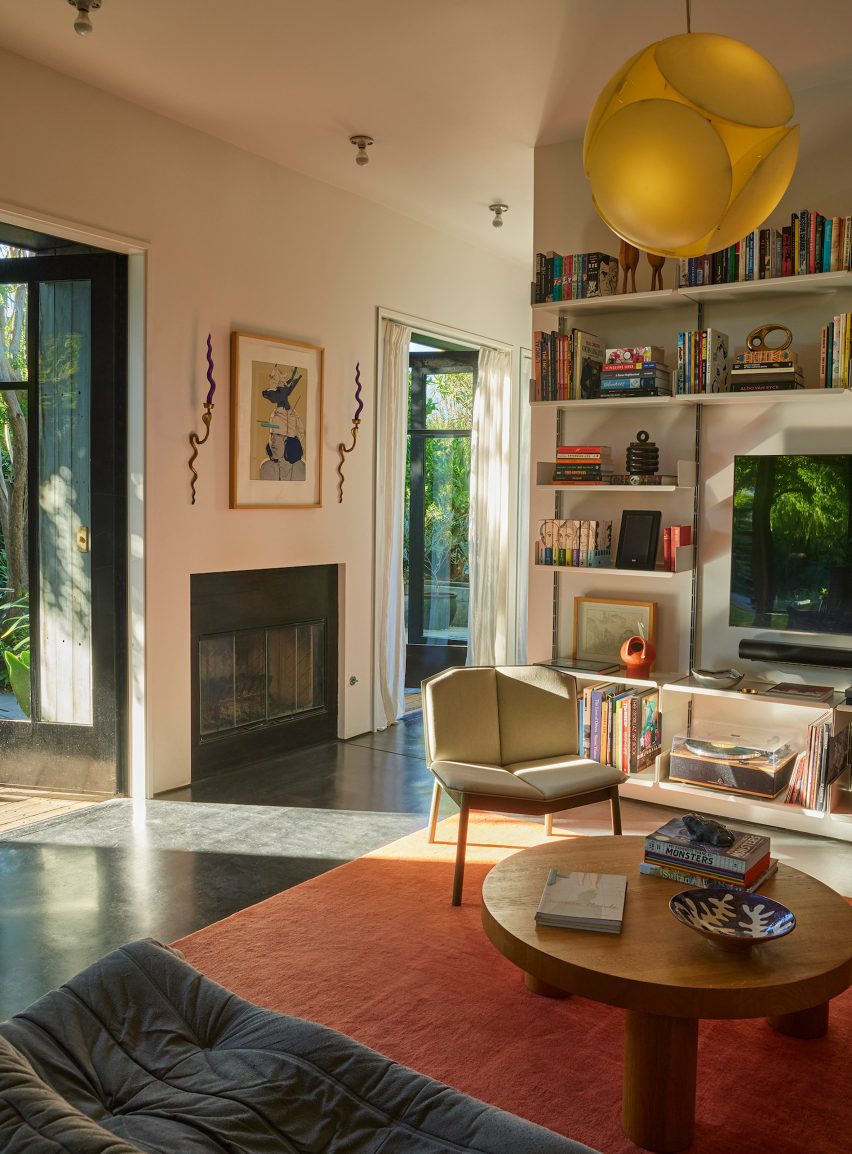
Along the southern and northern elevations, the structural walls were pulled back to make way for long stretches of glass. Atop the building, an angled light monitor ushers in daylight.
Inside, one finds a careful consideration of proportions and a balance between fluidity and spaces for retreat.
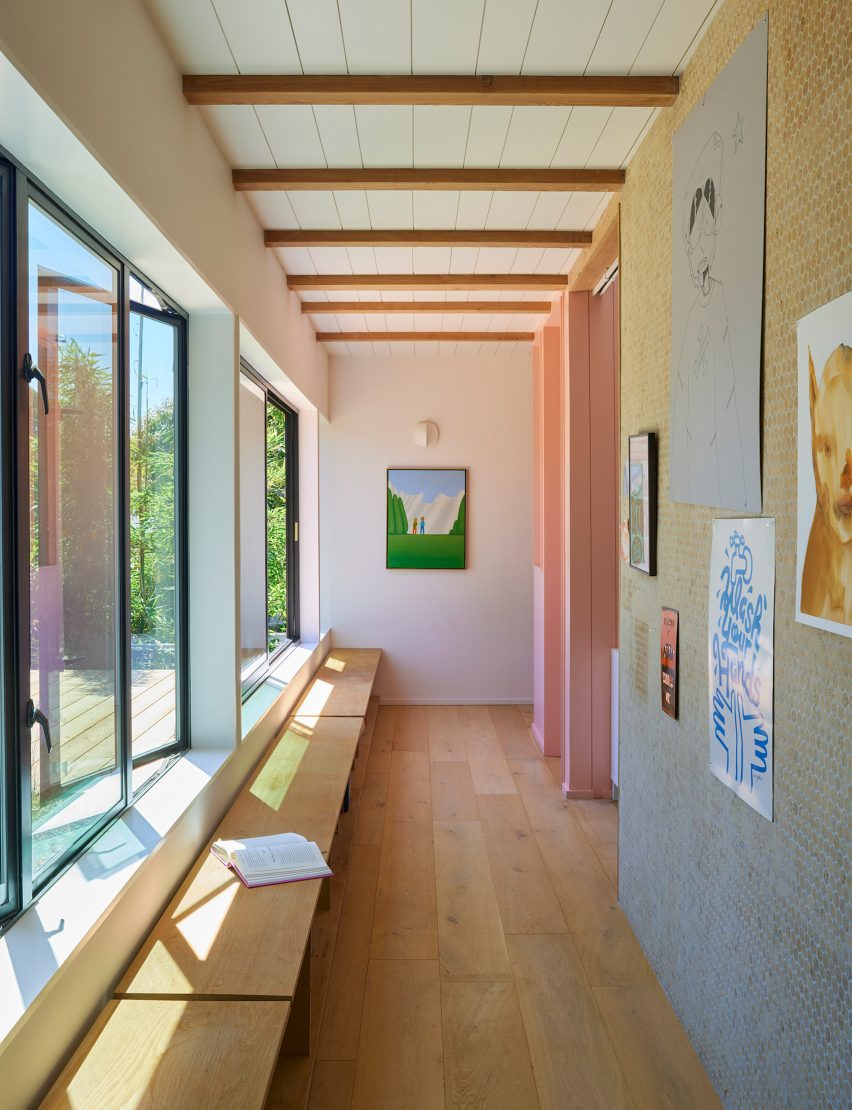
"It was important that the ceilings be the right height for the rooms, and that the spaces flow into one another while still leaving space for cozy nooks and areas to be alone," the team said.
The layout was informed by existing conditions and the family's experience living on the site.
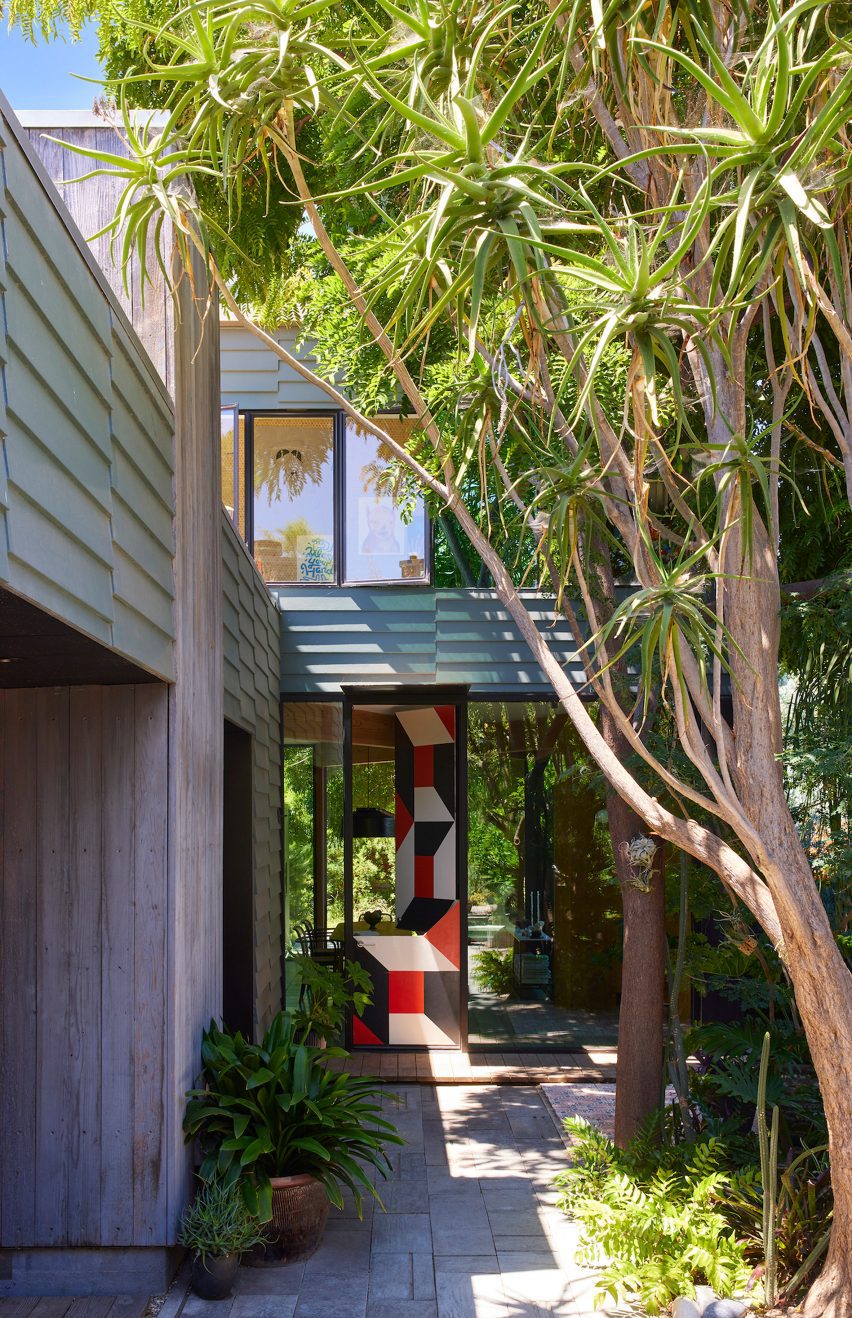
"Because the design evolved in stages, the final layout was the result of the way the design work was phased and what they learned about living on the property over the years," the team said.
At ground level, the new structure holds a kitchen and dining room. The adjoining addition from 2006 contains a living room and primary bedroom.
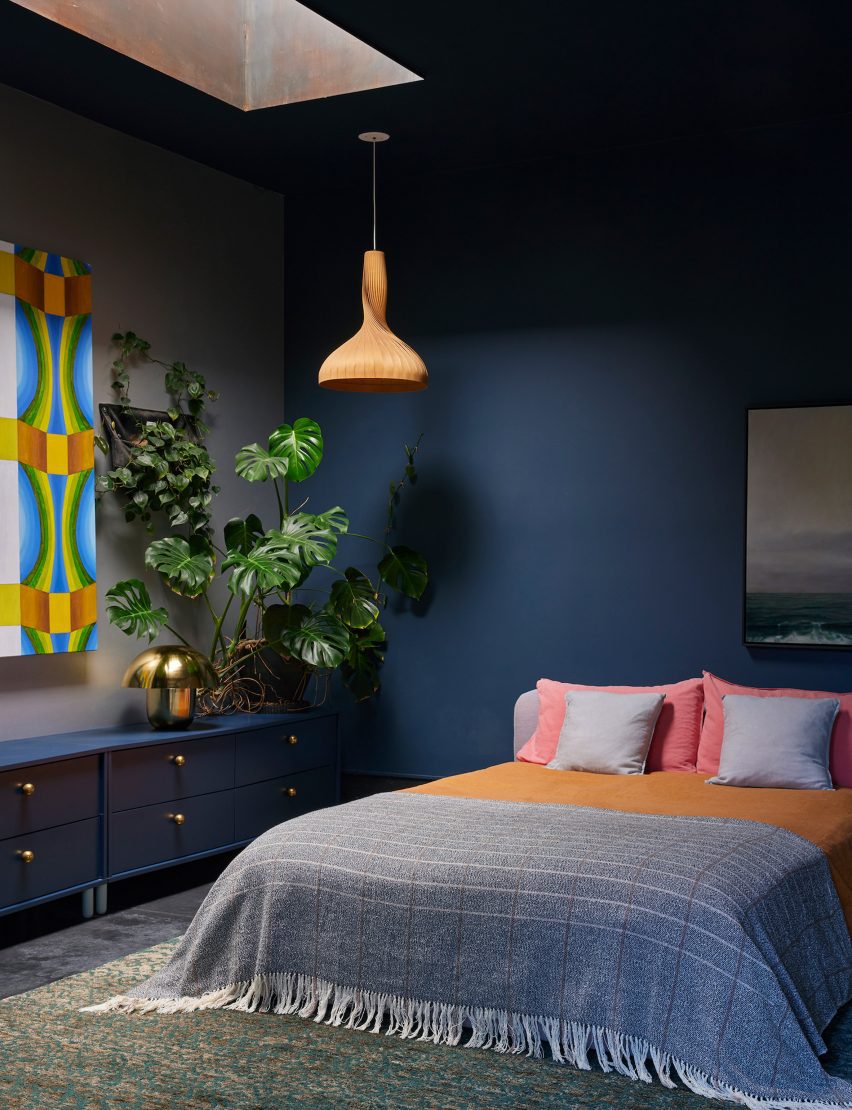
On the upper level, the new structure allowed for the creation of two bedrooms, one for each of the couple's sons, along with a bathroom. The bedrooms are divided by a non-structural wall that can be removed in the future, enabling the space to be converted into a primary bedroom.
The house also features a planted roof atop the 2006 addition.
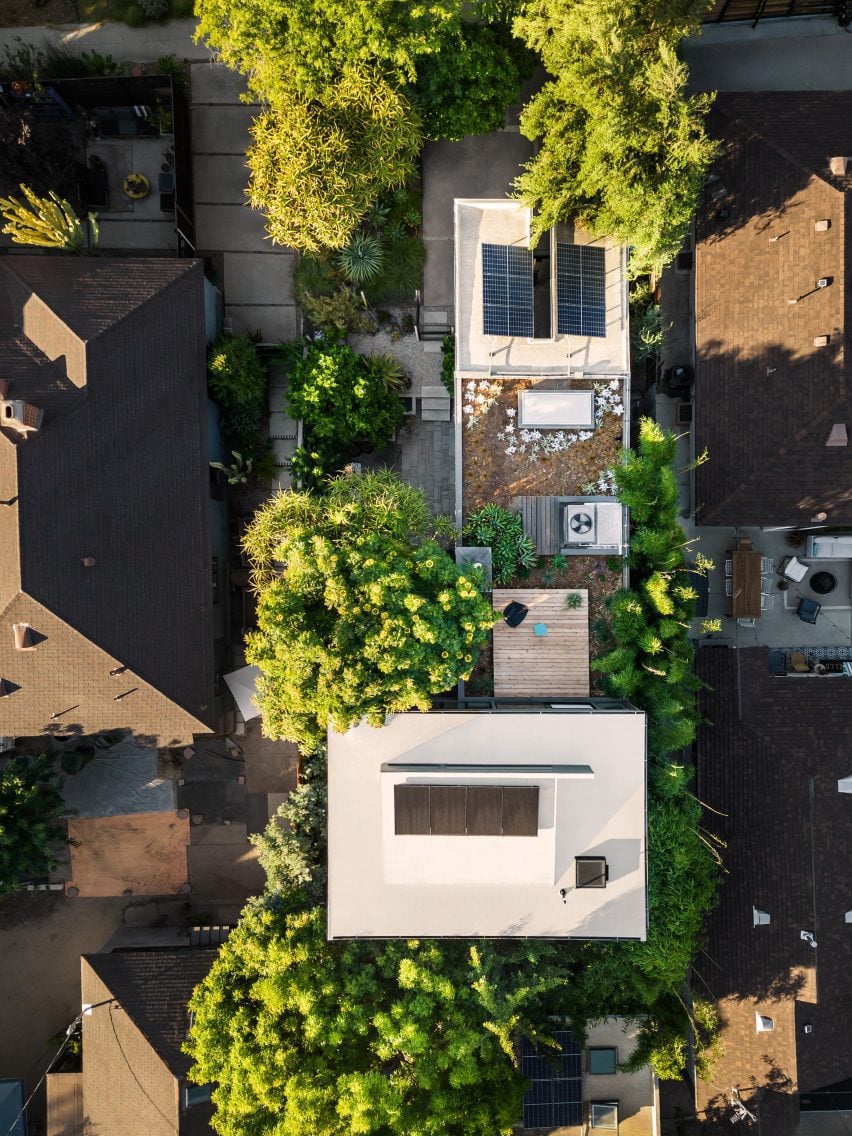
"The couple has experimented with a number of different plants over time, from natives to grasses, vegetables to succulents," the team said.
The home has an eclectic mix of materials introduced over the past two decades, all meant to come together into a "coherent whole".
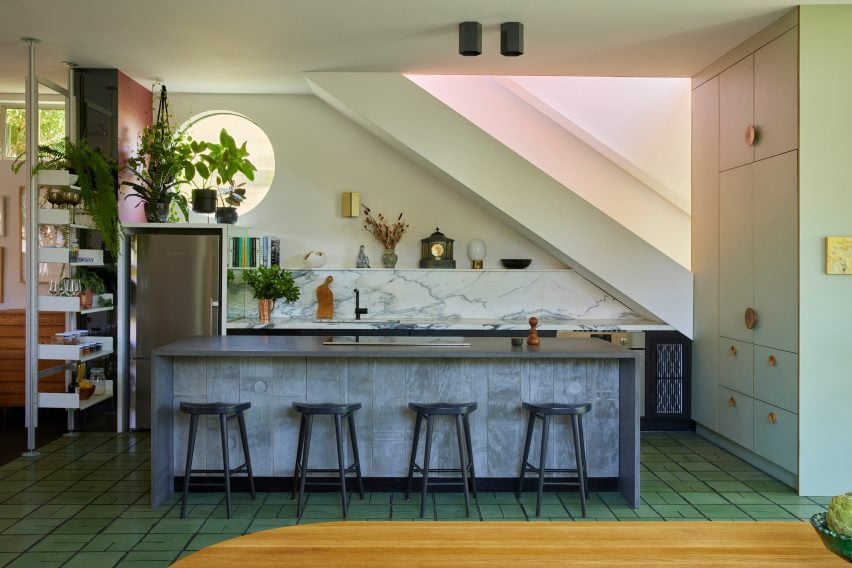
"The materials all share some combination of durability, uniqueness and earthiness or connection to nature," the team said.
Flooring includes black-polished concrete, encaustic cement tile and engineered oak.
The kitchen features IKEA cabinetry, a polished marble backsplash, and an island made of Italian lava stone. The island is faced with concrete panels that were made by Thompson.
A door with a geometric pattern was designed by Rudolph, based on a print by the English artist Ron King.
The landscape has been reworked several times — and a pool was added in 2023. The couple said the house is not yet complete, noting: "The plans continue to evolve to this day."
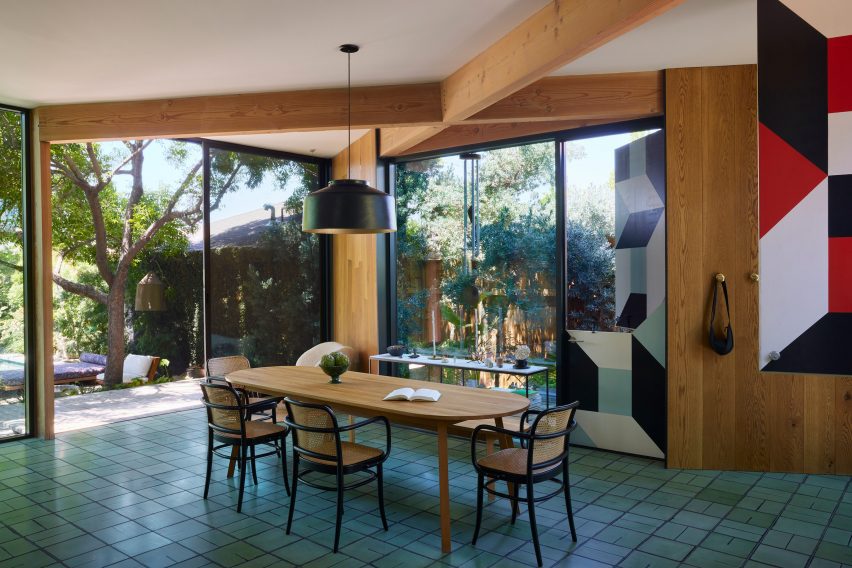
Other projects by Design, Bitches include a Venice Beach bungalow that is designed to be "not too precious" and a restaurant in Nashville that features pastel colours, plantings and plenty of natural light.
The photography is by Yoshihiro Makino and HANA.
Project credits:
Architects and owners: Rebecca Rudolph (Design, Bitches) and Colin Thompson
Interior design: Rebecca Rudolph
Landscape design: Rebecca Rudolph (Design, Bitches) and Colin Thompson
Structural engineer: Tuschscher Engineering Group
General contractor: Colin Thompson